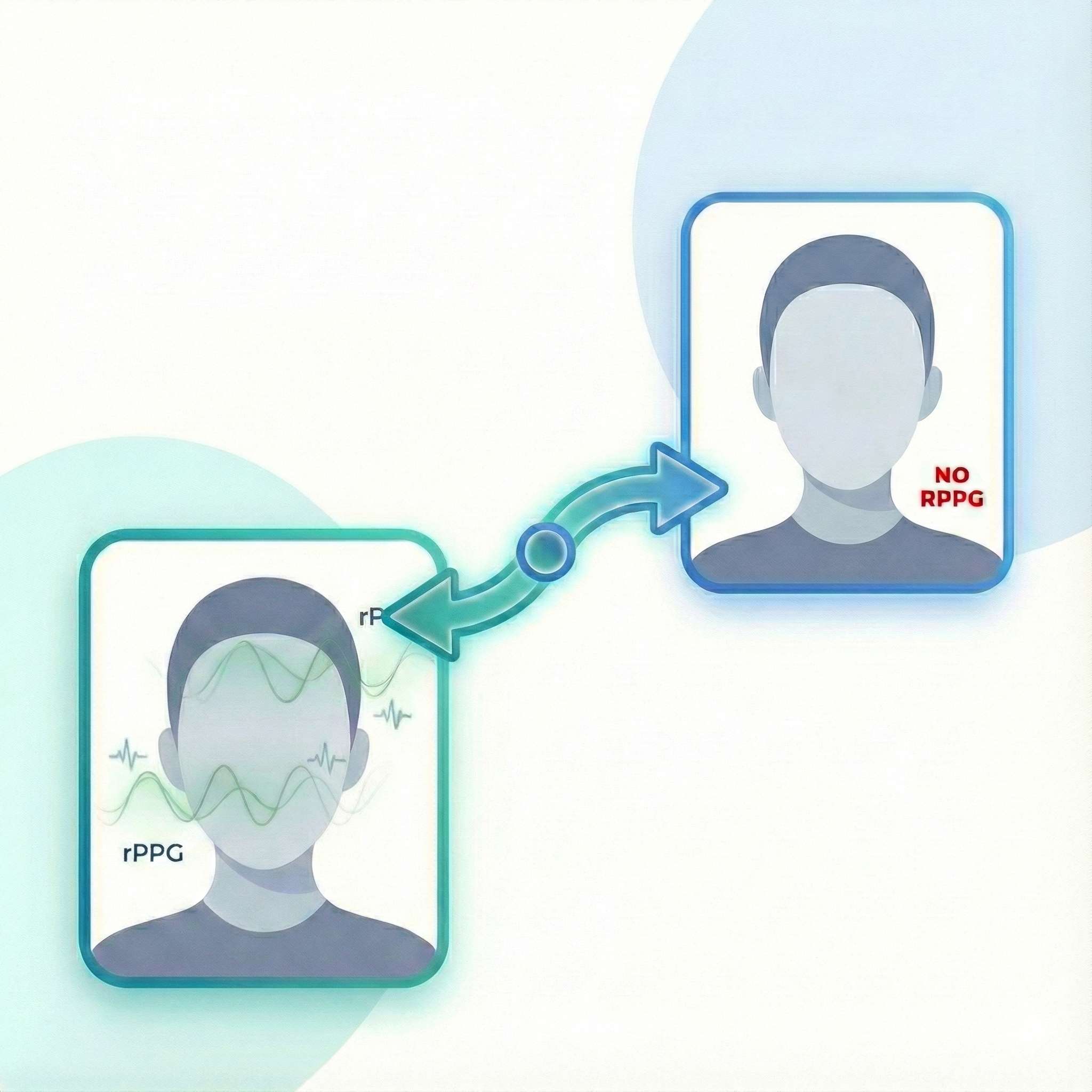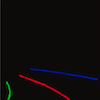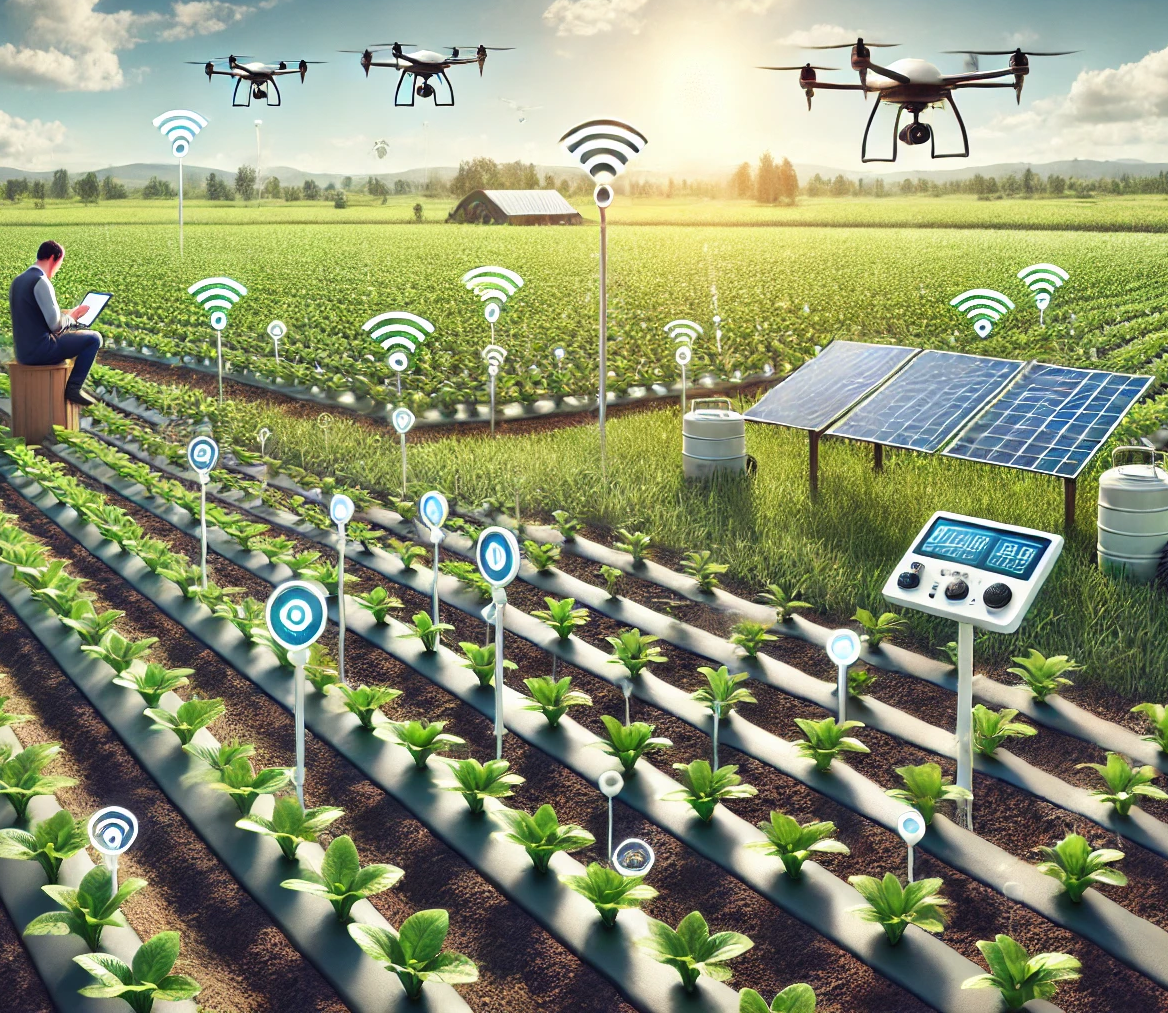publications
My publications in reversed chronological order
2025
- Journal
 Balancing cardiac privacy with quality in video recordingsMohamed Elgendi†, Aojie Yu†, Saksham Bhutani† , and 1 more authorCommunications Medicine, 2025
Balancing cardiac privacy with quality in video recordingsMohamed Elgendi†, Aojie Yu†, Saksham Bhutani† , and 1 more authorCommunications Medicine, 2025Facial videos can reveal hidden health information, such as heart rate, by analyzing subtle changes in skin color. While this can help with remote health monitoring, it also poses serious privacy risks, as health data can be extracted without permission. In this study, we propose a method to protect such information. Our approach allows health signals to be removed from a video, encrypted, securely transmitted, and later restored by an authorized recipient. This reversible method keeps the video looking natural while safeguarding sensitive health data against misuse. We test our framework on a set of real videos and show that it works reliably across different activities. This work could improve privacy in video calls, telehealth, and other everyday video applications.
@article{moe2025revprivacy, title = {Balancing cardiac privacy with quality in video recordings}, author = {Elgendi, Mohamed and Yu, Aojie and Bhutani, Saksham and Menon, Carlo}, journal = {Communications Medicine}, volume = {5}, number = {1}, pages = {486}, year = {2025}, publisher = {Nature Publishing Group UK London}, doi = {https://doi.org/10.1038/s43856-025-01175-0}, dimensions = {true}, } - Journal
 Preserving privacy and video quality through remote physiological signal removalSaksham Bhutani, Mohamed Elgendi, and Carlo MenonCommunications Engineering, 2025
Preserving privacy and video quality through remote physiological signal removalSaksham Bhutani, Mohamed Elgendi, and Carlo MenonCommunications Engineering, 2025The revolutionary remote photoplethysmography (rPPG) technique has enabled intelligent devices to estimate physiological parameters with remarkable accuracy. However, the continuous and surreptitious recording of individuals by these devices and the collecting of sensitive health data without users’ knowledge or consent raise serious privacy concerns. Here we explore frugal methods for modifying facial videos to conceal physiological signals while maintaining image quality. Eleven lightweight modification methods, including blurring operations, additive noises, and time-averaging techniques, were evaluated using five different rPPG techniques across four activities: rest, talking, head rotation, and gym. These rPPG methods require minimal computational resources, enabling real-time implementation on low-compute devices. Our results indicate that the time-averaging sliding frame method achieved the greatest balance between preserving the information within the frame and inducing a heart rate error, with an average error of 22 beats per minute (bpm). Further, the facial region of interest was found to be the most effective and to offer the best trade-off between bpm errors and information loss.
@article{bhutani2025privacy, title = {Preserving privacy and video quality through remote physiological signal removal}, author = {Bhutani, Saksham and Elgendi, Mohamed and Menon, Carlo}, journal = {Communications Engineering}, volume = {4}, number = {1}, pages = {66}, year = {2025}, publisher = {Nature Publishing Group UK London}, doi = {https://doi.org/10.1038/s44172-025-00363-z}, dimensions = {true}, } - Journal
 Vital signs-based healthcare kiosks for screening chronic and infectious diseases: a systematic reviewSaksham Bhutani, Aymen Alian, Richard Ribon Fletcher , and 4 more authorsCommunications Medicine, 2025
Vital signs-based healthcare kiosks for screening chronic and infectious diseases: a systematic reviewSaksham Bhutani, Aymen Alian, Richard Ribon Fletcher , and 4 more authorsCommunications Medicine, 2025Our healthcare systems face increasing demands due to staff shortages, overcrowded emergency rooms, and new challenges from infectious diseases such as COVID-19. This study reviews research on health kiosks, a type of self-service technology designed to help address these challenges. Health kiosks can measure vital signs, assist in diagnosing conditions such as high blood pressure and diabetes, and offer remote care to ease the strain on healthcare workers. We reviewed studies on kiosks developed between 2013 and 2023, finding that they show potential for improving access and efficiency in healthcare. However, the widespread use of health kiosks is limited by technical, financial, and regulatory challenges. Addressing these issues could enable health kiosks to become a more common tool in healthcare, helping people access care more easily and improving health outcomes.
@article{bhutani2025vital, title = {Vital signs-based healthcare kiosks for screening chronic and infectious diseases: a systematic review}, author = {Bhutani, Saksham and Alian, Aymen and Fletcher, Richard Ribon and Bomberg, Hagen and Eichenberger, Urs and Menon, Carlo and Elgendi, Mohamed}, journal = {Communications Medicine}, volume = {5}, number = {1}, pages = {28}, year = {2025}, publisher = {Nature Publishing Group UK London}, doi = {https://doi.org/10.1038/s43856-025-00738-5}, dimensions = {true}, }
2023
- Journal
 LaneScanNET: A deep-learning approach for simultaneous detection of obstacle-lane states for autonomous driving systemsP Shunmuga Perumal†, Yong Wang, M Sujasree , and 4 more authorsExpert Systems with Applications, 2023
LaneScanNET: A deep-learning approach for simultaneous detection of obstacle-lane states for autonomous driving systemsP Shunmuga Perumal†, Yong Wang, M Sujasree , and 4 more authorsExpert Systems with Applications, 2023This paper proposes a deep-learning-based novel decision-making network named LaneScanNET to assist the ADS in lane-changing or lane-keeping decision-making. The proposed system assists ADS in detecting obstacles, localization of the Ego Vehicle (EGV) on roads, and estimating lane status in its Field of View (FOV). The proposed LaneScanNET uses a parallel pipeline with an Obstacle Detection Network (ODN) and a Lane Detection Network (LDN) to simultaneously process the incoming image frames for detecting obstacles and segmenting lane lines, respectively. Further, the Obstacle-Lane Fusion Network (OLFN) fuses these results to predict the status of the obstacle lane in the FOV of autonomous vehicles. Vellore Institute of Technology’s (VIT’s) real-time driving dataset on indigenous roads has been collected to train the proposed LaneScanNET with 2464 obstacle-lane images obtained by driving over 60 km. The dataset generated for obstacle detection and its corresponding lane detection has also been made publicly available to promote research work for these developing countries. The proposed system outperforms all existing networks on Indian roads with an accuracy of 75.28% in obstacle detection and 91.36% in lane detection. Additionally, the proposed system can analyze the lane status with an accuracy of 92.54%. The proposed network performs exceptionally well in unforeseen circumstances like shadows, fog, dust, and occlusions making LaneScanNET a robust network that can be an add-on for ADS to make lane-keeping or lane-changing decisions. The LaneScanNET can be integrated into real-time vehicles to assist drivers or ADS.
@article{perumal2023lanescannet, title = {LaneScanNET: A deep-learning approach for simultaneous detection of obstacle-lane states for autonomous driving systems}, author = {Perumal, P Shunmuga and Wang, Yong and Sujasree, M and Tulshain, Shobhit and Bhutani, Saksham and Suriyah, M Kiruthik and Raju, V Umesh Kumar}, journal = {Expert Systems with Applications}, volume = {233}, pages = {120970}, year = {2023}, publisher = {Elsevier}, doi = {https://doi.org/10.1016/j.eswa.2023.120970}, dimensions = {true}, }
2019
-
 Review of internet of things towards sustainable development in agriculturePallavi Verma, Saksham Bhutani, and S SrividhyaJournal of Critical Review, 2019
Review of internet of things towards sustainable development in agriculturePallavi Verma, Saksham Bhutani, and S SrividhyaJournal of Critical Review, 2019Agriculture is back bone of world’s economy and human life to survive. Agricultural Industry has more or less remained dependent on conventional methods of farming. The farming conditions have changed significantly over last few decades. Soil Fertility, Amount of Water for Irrigation and other resources have become scarcer but the global population has increased immensely. This calls in need for implementation of better farming methods like precision farming which increase the overall yield. In recent years there had a gradual increase in the usage of such systems. WSNs tell us about some problems like interoperability, communications, scalability and connectivity. The main aim for precision farming (PA) is to increase the farming production by concerning climate, water quality, terrain, weather and crop status. In recent years farmers are using information systems for the improvement of crop management and to increase productivity. This leads to create a platform for managing farm activities and to improve biodiversity and to reduce the usage of water. Such new invention should be made to enhance and develop the farming. This paper analyses and reveals how IoT can lay a strong foundation towards sustainable development in agriculture.
@article{verma2019review, title = {Review of internet of things towards sustainable development in agriculture}, author = {Verma, Pallavi and Bhutani, Saksham and Srividhya, S}, journal = {Journal of Critical Review}, volume = {7}, number = {3}, pages = {2020}, year = {2019}, doi = {http://dx.doi.org/10.31838/jcr.07.03.28}, dimensions = {true}, }